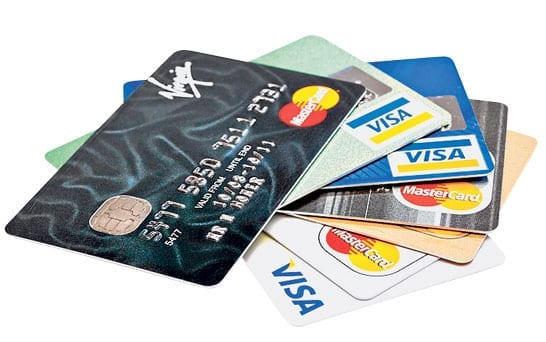Debit cards, which are largely known as Automated Teller Machine card (ATM Card) are majorly issued by financial institutions (Banks) to account holders in their institution. With your ATM card, you can carry out a whole lot of financial transaction with convenience; withdraw cash from any ATM, pay utility bills, shop for groceries, clothes, pay for goods and services from the comfort of your home.
ATM cards usually have a lot of numbers written on them, for those that own an ATM card, and you do a lot of online transactions, you should be familiar with these digits and how important they are.
The numbers you find printed on a debit card, or in some cases, carved into the debit card, have two purposes- account identification and security. Some of these digits provide access to your account information, while all the digits give you access to funds in your account.
In this article, we will talk about the common numbers you’ll find on a debit card, their importance and where you can find them.
Debit card number
All debit cards carry 16-digits that are often grouped into four’s. This number is known as the Card identity number. It is also stored in the card’s magnetic chip so that whenever a card owner uses the card at a POS or ATM terminal, the card number can be read by the machine.
First Digit
The first Digit of a debit card is called the Major Industry Identifier (MII). The digit is determined by the category which the industry that issued the card belongs to.
- 1—ISO and other industries
- 2—Airlines
- 3—Airlines and other industries
- 4—Travel and Entertainment
- 5—Banking and Finance (VISA)
- 6—Banking and Finance (Master card)
- 7—Banking and Merchandising
- 8—Petroleum
- 9—Telecommunications and other industries
- 10—National Assignment.
First six digits
These first six digits are known as Issuer Identification Number (IIN). These digits basically carry information about the institution that issued the card. Whenever a debit card holder uses the debit card at a POS point or ATM terminal, the first six digits tell the machine which institution powers the card.
- For Master card- The first six digits starts with 5. For example, 5447 3353
- VISA Debit cards start with 4. For example, 4555 3286
7th to 15th Digit
While the first six digits carry information about the issuer of the debit card, the next 9 digits (7th to 15th) numbers are linked to the account of the user in a particular institution. However, the 9 digits do not reveal information about your funds and account.
The 16th Digit
The last Digit of a debit card is known as the Check Digit. It is used to check the validity of a card, to verify card number accuracy and ensure that the numbers were not entered incorrectly.
Card Verification Value
Card Verification Value (CVV) is a three-digit number that is located at the back of a debit card. In some Debit cards, it is written in bold italics. The CVV is mostly required to complete online transactions like paying bills, shopping, etc.
The CVV is used as a Fraud prevention measure that was set up to ensure that one is the true owner of the debit card used for online transactions.
Expiration Date
Expiration date means the date a debit card will no longer be valid for transactions. The expiration date is often written in front of a debit card as two-digits (representing the month it’ll expire) followed by another two-digits (representing the year it’ll expire). Institutions use the expiration date to make sure card users have better security features, healthier debit cards, as old debit cards wear out over time.

